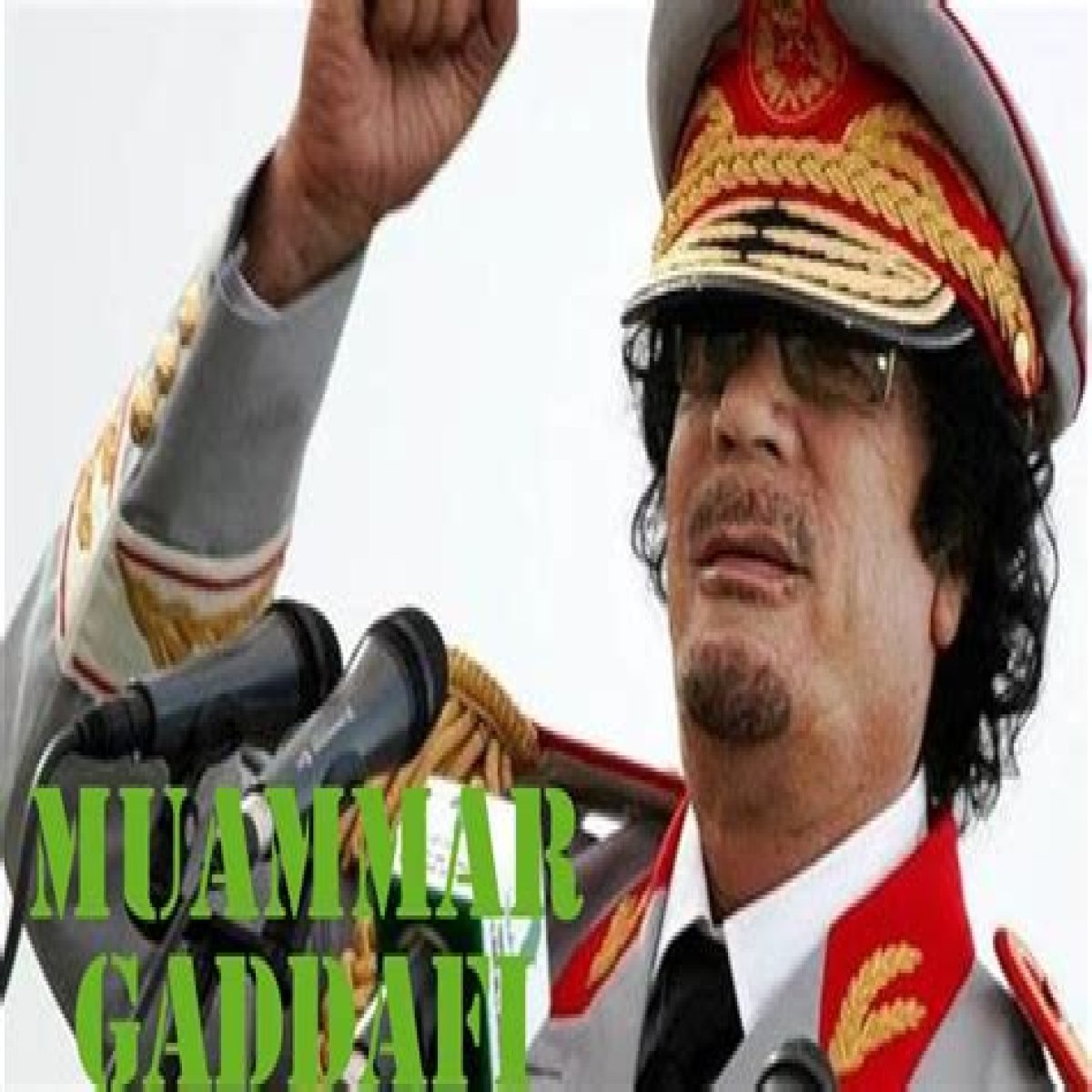Muammar Gaddafi, the controversial leader of Libya, left an indelible mark on the nation and the world at large. His rule, steeped in both adulation and condemnation, has been a topic of debate since he seized power in 1969. Gaddafi’s vision for Libya was ambitious, as he sought to transform the nation into a model of Arab socialism, yet his methods often elicited international criticism and internal strife. The complexities of his leadership style, policies, and the eventual downfall during the Arab Spring are narratives that reveal the multifaceted nature of his governance. Understanding Muammar Libya requires delving into the historical context and the socio-political dynamics that shaped his regime.
From his early days in a modest Bedouin family to becoming a self-proclaimed revolutionary leader, Gaddafi’s journey is filled with pivotal moments that defined Libya's modern history. His ideologies, encapsulated in the Green Book, outlined a unique political philosophy that blended elements of socialism, nationalism, and Islamism, creating a unique identity for Libya on the global stage. However, this identity came at a cost, as dissent was often met with severe repression.
As we explore the life and legacy of Muammar Libya, it is essential to consider the implications of his leadership on both Libya and the broader Middle Eastern landscape. The repercussions of his policies and the subsequent civil war continue to affect the country, giving rise to questions about governance, justice, and national identity in post-Gaddafi Libya.
What was the biography of Muammar Libya?Biography of Muammar Gaddafi
| Detail | Information |
|---|---|
| Name | Muammar Muhammad Abu Minyar Gaddafi |
| Date of Birth | June 7, 1942 |
| Place of Birth | Qasr Abu Hadi, Libya |
| Occupation | Politician, Revolutionary |
| Years in Power | 1969 - 2011 |
| Date of Death | October 20, 2011 |
| Cause of Death | Killed during the Libyan Civil War |
Key Policies of Muammar Gaddafi
Muammar Libya's regime was characterized by several key policies that aimed to reshape the socio-economic landscape of the country. Some of these policies included:
- Nationalization of Resources: Gaddafi implemented extensive nationalization of oil and gas industries, which allowed Libya to leverage its wealth for national development.
- Social Programs: Education and healthcare were made accessible to all citizens, leading to significant improvements in literacy rates and life expectancy.
- Arab Unity: Gaddafi was a proponent of Arab nationalism, advocating for unity among Arab states and championing various pan-Arab initiatives.
- Military Spending: A significant portion of Libya’s budget was allocated to military expenditures, as Gaddafi sought to establish Libya as a formidable military power in the region.
Impact of Gaddafi’s Leadership Style
Muammar Libya's leadership style was often described as authoritarian, with little tolerance for dissent. His approach had profound implications for the political and social fabric of Libya. The key impacts included:
- Suppression of Dissent: Gaddafi’s regime was notorious for its brutal repression of any opposition, leading to a climate of fear among citizens.
- Cult of Personality: Gaddafi cultivated a strong cult of personality, presenting himself as the embodiment of the Libyan state and its ideals.
- Economic Disparities: Despite the wealth generated from oil, economic disparities persisted, with widespread corruption and nepotism within the government.
Downfall of Muammar Gaddafi
The downfall of Muammar Gaddafi was precipitated by a confluence of factors, particularly during the Arab Spring of 2011. Key elements that contributed to his demise include:
- Public Discontent: Decades of oppressive rule led to mounting public frustration, which erupted into protests demanding political reform and better living conditions.
- International Intervention: In response to the violence against protesters, NATO intervened militarily, providing support to rebel factions.
- Internal Division: The Libyan military was fractured, with some defecting to join the opposition, weakening Gaddafi’s control.
Legacy of Muammar Gaddafi
The legacy of Muammar Libya is a complex tapestry woven with both achievements and failures. On one hand, his policies led to significant advancements in education and healthcare, yet on the other, his authoritarian rule and the subsequent civil war have left the country in turmoil. Today, Libya grapples with:
- Continued Instability: The power vacuum left after Gaddafi's death has led to ongoing conflict among various factions vying for control.
- Human Rights Violations: The legacy of repression continues to haunt the nation, with numerous reports of human rights abuses in the post-Gaddafi era.
- Divided Society: Gaddafi's policies exacerbated tribal and regional divisions, complicating efforts toward national reconciliation.
Post-Gaddafi Libya: A New Chapter?
Following the ousting of Muammar Libya, the nation has been on a tumultuous journey toward rebuilding and redefining its identity. Key aspects of this evolution include:
- Political Fragmentation: Libya remains politically fragmented, with multiple governments and militias competing for power.
- Efforts at Reconciliation: Various international and local efforts have been made to foster dialogue and reconciliation among the factions.
- Socio-economic Challenges: The country faces significant socio-economic challenges, including high unemployment and a struggling economy.
In conclusion, Muammar Libya's life and legacy are emblematic of the complex interplay between leadership, power, and the aspirations of a nation. The path forward for Libya remains uncertain, as the shadows of the past linger on, influencing the country's quest for stability and prosperity.
Discovering Joyce Indig: A Journey Through Her Life And AchievementsUnveiling The Mystique Of Bathory CastleDiscovering The Essence Of Ùریدا
